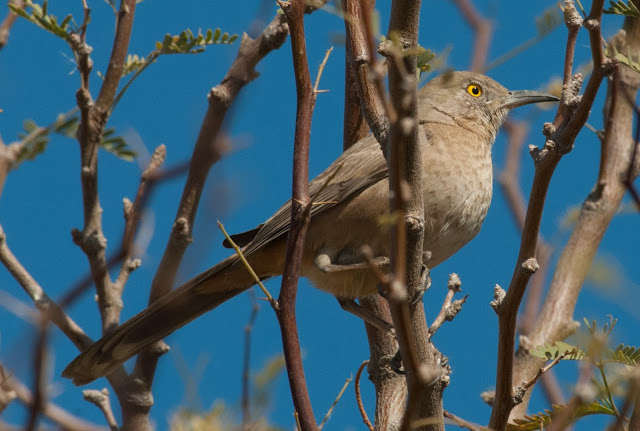After spending a lot of time way out west in the Buckeye/Arlington areas, I made a couple of stops on the way back to the east valley. One of the stops was Encanto Park in Phoenix where a greater White-fronted Goose had been reported, (thank you Laurence!). While it is not a rare bird, it is a bit uncommon; seems a few like to overwinter in some of the spots in Arizona. What I was not prepared for was the popularity of Encanto Park. This is a very popular park with a few rides and lots of picnic areas among the connected ponds, and on this day it was packed with people. There was at least one wedding party and also a closed off area for a company picnic. I wasn't expecting to see much, but then again, with the popularity of this park, there are plenty of people who feeds the ducks and pigeons and geese. I think this Greater White-fronted Goose has found a place where it is not going to starve by any means and is probably going to stick around until it is time to head north to the Arctic Circle. It appeared very content where is was.
Greater White-fronted Goose
Greater White-fronted Goose
Since I found my target bird, I decided it was time to move on to another location, so I took a detour to visit the east end of Tempe Town Lake. Almost always a great place to find Brown Pelicans in Arizona, and sure enough they were there, but a bit too far out of range for my lens. Instead, I opted for photos of a Common Merganser and a Song Sparrow.
Song Sparrow
Common Merganser
It was a full day of birding with a lot of different habitats involved which led to a variety of different birds to be seen. (For those that may have missed it, see my previous post and the thrasher quest.)




























































